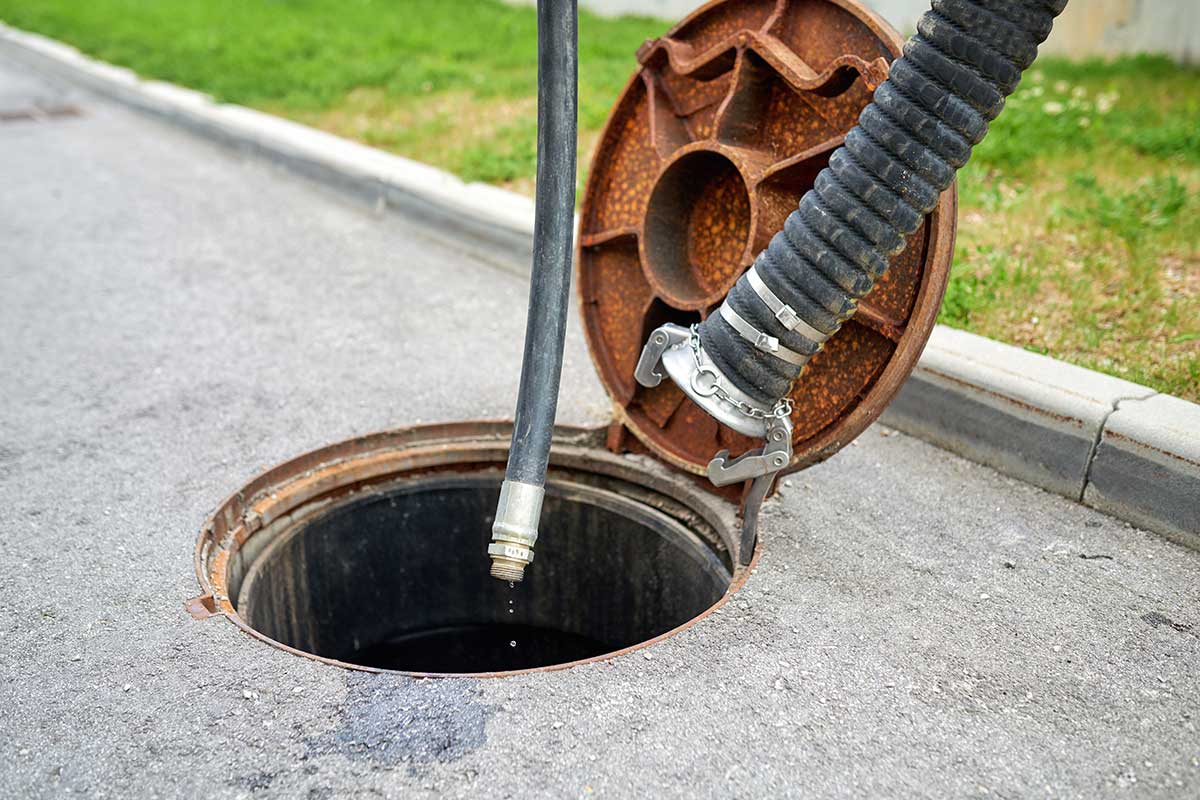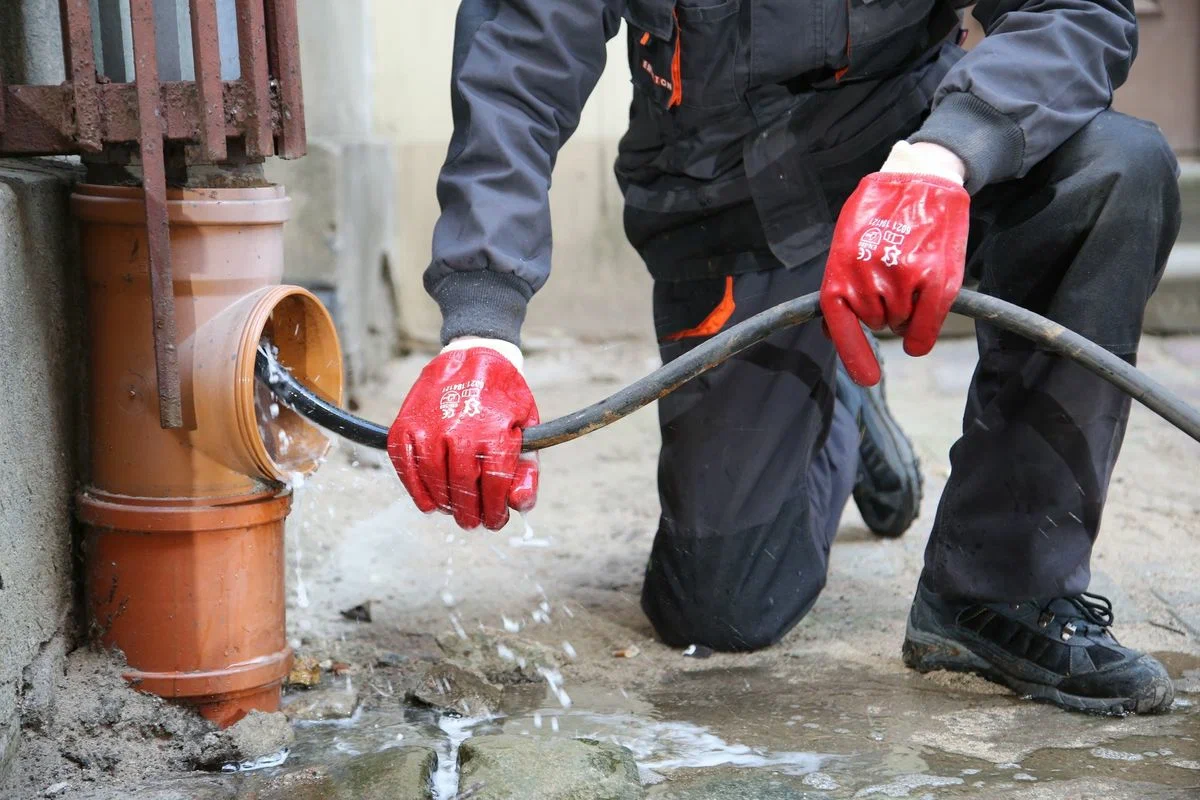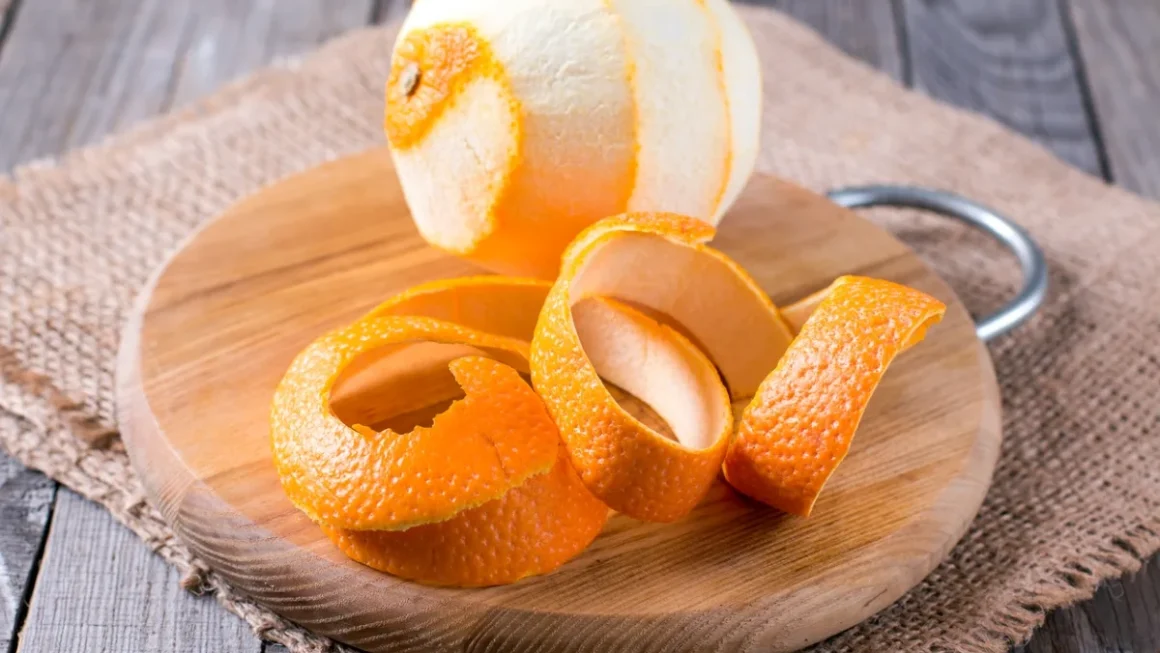The ultimate trick to prevent drains from smelling bad
Although evaporation is the main cause of smelly drains, it is not the only reason. Over time, no matter how careful we are, siphons accumulate food scraps, grease, soap and other organic waste, which end up decomposing and becoming a breeding ground for bacteria that generate unpleasant odours.
To solve this problem, chemical engineer Diego Fernández recommends the use of sodium percarbonate, a cleaning product with oxidising and alkaline properties that helps break down the biofilm of bacteria and emulsifies grease, facilitating its removal and leaving the trap completely clean.
The cleaning trick to eliminate bad odours from drains is simple by following these steps:
- Add one or two tablespoons of sodium percarbonate to the drain.
- Pour in a litre of hot water to activate the chemical reaction that will oxidise and break down organic waste and bacterial biofilm.
- Leave to act for approximately 20 minutes.
- Rinse with another litre or two of hot water to remove any residue and ensure that the siphon is clean.
To solve the problem of bad odours in drains, some people resort to home remedies such as a mixture of bicarbonate of soda and vinegar. However, these methods do not always solve the root of the problem and can leave residues that facilitate the formation of biofilms. In contrast, sodium percarbonate oxidises organic residues and destroys the bacteria responsible for bad odours.
Furthermore, as it is a completely natural product, it does not damage pipes or pose a health risk, which is a big plus, especially in homes with pets and children. The procedure is quick and easy, with materials that you can find at the supermarket.
Finally, it should be noted that this trick not only eliminates bad odours from drains, but also prevents them from returning. However, in some cases, despite cleaning with sodium percarbonate, odours may persist. This is usually due to structural problems with the siphon or the constant evaporation of water in drains that are rarely used.
In these situations, an anti-odour valve may be the most effective solution. These valves, which are installed in the drain filter, act as a second barrier that prevents gases from returning from the sewer. They are especially useful in older homes and are very easy to install.
Although sodium percarbonate is safe, it is recommended that you take some precautions:
- Wear gloves to avoid skin irritation.
- Avoid contact with the eyes; in case of splashes, rinse immediately with plenty of water.
- Keep out of the reach of children and pets.
- Do not mix with other chemicals to avoid dangerous reactions.

Regular maintenance of the siphon is essential to prevent the appearance of unpleasant odours. Here are some practical recommendations:
- Periodically pour water into drains that are rarely used to maintain the water seal.
- Prevent food scraps, oils or fats from entering the drain by using filters or grates.
- Carry out preventive cleaning with sodium percarbonate, especially in the sink drain.
- Periodically check the condition of the siphon and replace it if it is damaged, worn or deformed.
Contrary to popular belief, bad odours in drains are not a difficult problem to solve. With this sodium percarbonate trick, you can thoroughly clean the trap without damaging the pipes or resorting to harsh chemicals. With consistency and a few simple steps, you can keep your kitchen and bathroom smelling fresh and clean.




